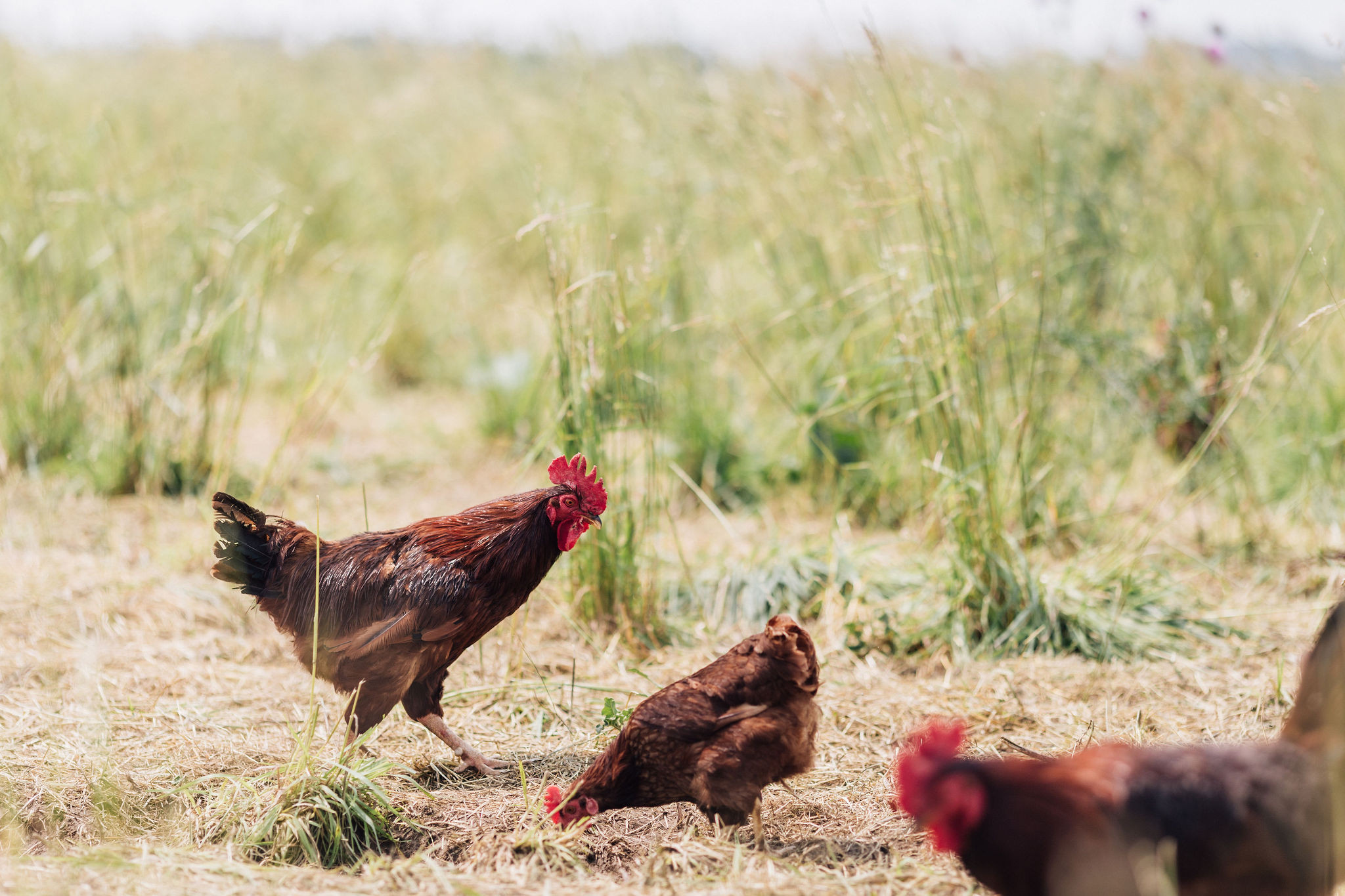Why egg inventory can be a challenge
posted on
January 24, 2020
As you may have noticed, our soy-free eggs are out of stock. And this is so very sad for us. Our soy-free eggs are one of our best selling products, and many of our customers rely on us for eggs. We never like taking nutritious and delicious foods off the menu, and we certainly do not like letting our customers down.
You may be wondering why the eggs are out of stock. I mean, they’re basically always available. Let me try to explain.
Egg inventory can be a big challenge to manage. This is why our farmer has a primary source of eggs (Wholesome Living Acres) and a couple backup farms just in case.
Here are some reasons why egg production varies:
It’s too hot.
It’s too cold.
It’s too wet.
The chickens are too young (hens start laying when they’re 4-5 months old).
The chickens are too old (egg production starts dropping when a hen turns 1 year old, and a hen stops laying when she’s about 3 years old).
There’s not enough daylight hours (hens need about 14-16 hours of daylight to lay).
The farmer changed the feed.
The farmer changed the housing.
The chickens are sick (although this rarely happens with our happy, truly pastured chickens).
The farmer had too many eggs so he sold a flock, then one of the above happened.
The farmer added some new chickens to the flock.
The farmer got a completely new flock.
Foxes, coyotes, hawks, or eagles ravage the flock.
So, you see what I mean? It takes a lot of care and attention to keep a healthy flock producing eggs. And they are living in nature, where every element cannot be controlled. So… egg inventory varies.
In this particular instance, it’s a combination of causes. The main egg farmer had too many eggs in the fall. So he sold a flock. Then, his inventory dropped, so he got a new flock, which isn’t producing well in the winter. And, our backup sources happen to be having similar problems, too!
Is it the chicken or the egg? It’s the same old problem.
It’s also important to note that, just like humans, chickens are born with a certain amount of eggs. And, just like humans, they release new eggs on a regular basis. However, unlike humans, chickens always have about 6-8 weeks of eggs that have been released but are in some stage of development inside their bodies. Pretty neat!
Oh what a life an egg farmer has!




